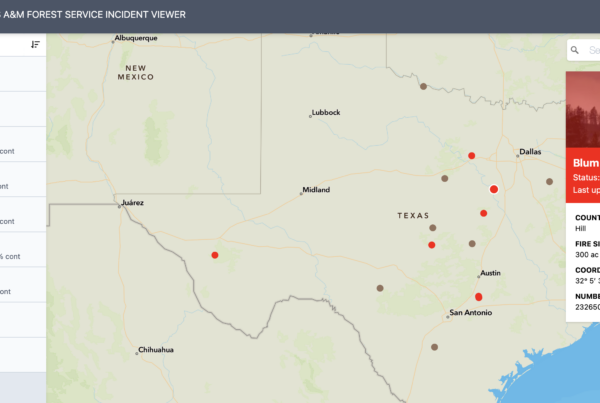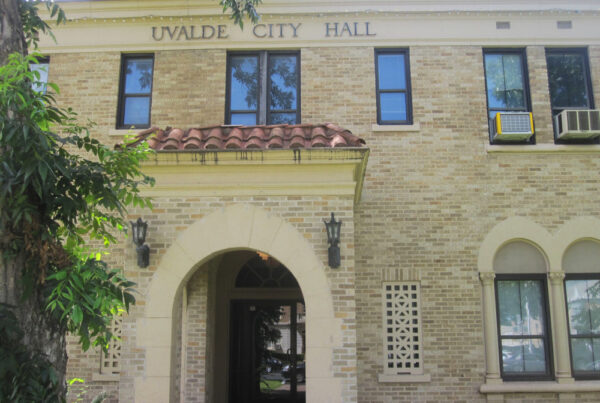Sometime in the next thirty years, the Texas coastline could look very different than it does today.
New research from Climate Central, a nonprofit organization that tracks climate change, indicates that some areas of Galveston Island, Beaumont and the barrier islands along the Texas coastline could move below sea level by 2050.
Peter Girard, vice president of communications for Climate Central, says the risks come both from flood events and the rise of tidelines during normal times. Listen to the interview above or read the transcript below.
This transcript has been edited lightly for clarity:
Texas Standard: Can you first tell us about the tool you have designed to learn about the potential impact of climate change on sea levels?
Peter Girard: Of course, we call it a coastal risk screening tool, and that’s exactly what it does. It screens for risk.
It’s map-based, and it’s essentially showing you the difference between projected water levels and the height of the land in very, very local areas. So you can look at a community, you can look at a neighborhood and see what projections look like for risk.
So what is it showing you here in Texas, especially in the area of the Gulf Coast near Galveston, Houston and Beaumont?
You’re in places with very low elevation – low-lying land. You’ve got a lot of coastal marshes and wetlands there close to the surface of the sea right now. And as sea level rises, of course, you’re going to see more and more frequent coastal flooding, sometimes on regular high tides.
Our maps are showing that the height of, say, a typical storm that shows up roughly once a year is encroaching further and further inland and further and further up. And so is the tide line.
» GET MORE NEWS FROM AROUND THE STATE: Sign up for our weekly ‘Talk of Texas’ newsletter
You anticipated my question there because I was thinking “oh, this isn’t that all of these cities are going to be completely underwater all of the time.” But it’s going to start with when storms happen – that’s going to affect more of the city or cover the closest areas to the sea a little more. But it’s actually it’s both, down the line.
That’s exactly right.
And the reason that our maps cover both the sea level – that sort of rising daily tide – and the projections of risk from coastal storms… and we can show you the typical storm that will show up once a year.
We can show you a ten-year storm and then a more severe event – something that’s classified as a 100-year storm or a storm that has a 1% chance in a given year of coming, of course, all of them with higher water levels.
And we can sort of show you how those risks creep up. But increasing coastal flooding is a problem for the built environment for people who live there – for infrastructure – long before you fall under the tide line.
Is this the melting ice caps? Is this what’s happening? That sea level is rising or are there other factors too?
That is one of the factors and one of the big ones. Another is simply heat. So you’ve read about warm oceans. And of course, oceans, like any physical entity, expands with heat. And so thermal expansion is by itself as our world warms, increasing the heights of the oceans. And of course, so is the significant melting coming from ice caps and ice sheets and glaciers and all of the other parts of the cryosphere, the frozen world melting into the sea.
I mean, 2050 is not that far away. You think about the number of years it takes to build a highway in your area, for example. I mean, those are the kinds of things that you expect communities ought to be thinking about now.
Definitely.
Not merely infrastructure and issues. That’s a great example: if it takes years or decades to get a major project approved and built, knowing where the risks are going to be acute, knowing what you’re going to have to build for it seems really necessary.
But even without thinking about new infrastructure or thinking about how you protect what’s already there, it’s really important to have these hyperlocal views of where the vulnerabilities lie. And it takes people on the ground to study exactly what you can do about it.
Not every place needs to be abandoned. Not every solution is to build a wall around it. But these are the kinds of approaches that communities are taking as they’re recognizing that the land that they live on is starting to fall beneath the level of the sea.















